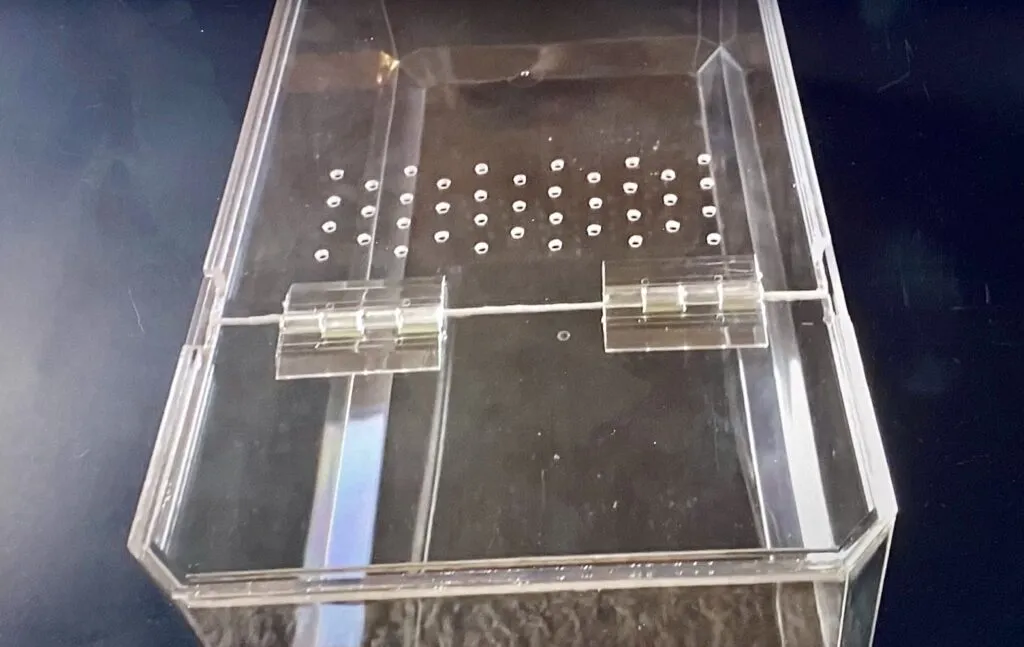Understanding Tarantula Enclosure Needs
Choosing the right enclosure size for your tarantula is a crucial aspect of providing proper care. A well-sized enclosure contributes significantly to the tarantula’s well-being, impacting its health, behavior, and overall quality of life. Providing an appropriate habitat is not only essential for the spider’s physical health but also crucial for its psychological well-being, allowing it to exhibit natural behaviors and thrive in captivity. The size of the enclosure needs to be carefully considered, taking into account various factors such as the species of tarantula, its size, and its specific needs.
Why Enclosure Size Matters for Tarantulas
The size of a tarantula’s enclosure has a direct influence on several key aspects of its life. A too-small enclosure can severely restrict the tarantula’s movement, hindering its ability to forage, explore, and engage in natural behaviors. Conversely, an excessively large enclosure, especially for smaller tarantulas, may make it difficult for the spider to find food, or lead to stress due to the inability to find security. The dimensions of the enclosure also impact the ease of maintaining appropriate environmental conditions, such as temperature and humidity, which are essential for the tarantula’s health. Furthermore, the size of the enclosure affects the aesthetics of the habitat and the ease with which it can be observed and enjoyed.
Impact of Enclosure Size on Tarantula Health
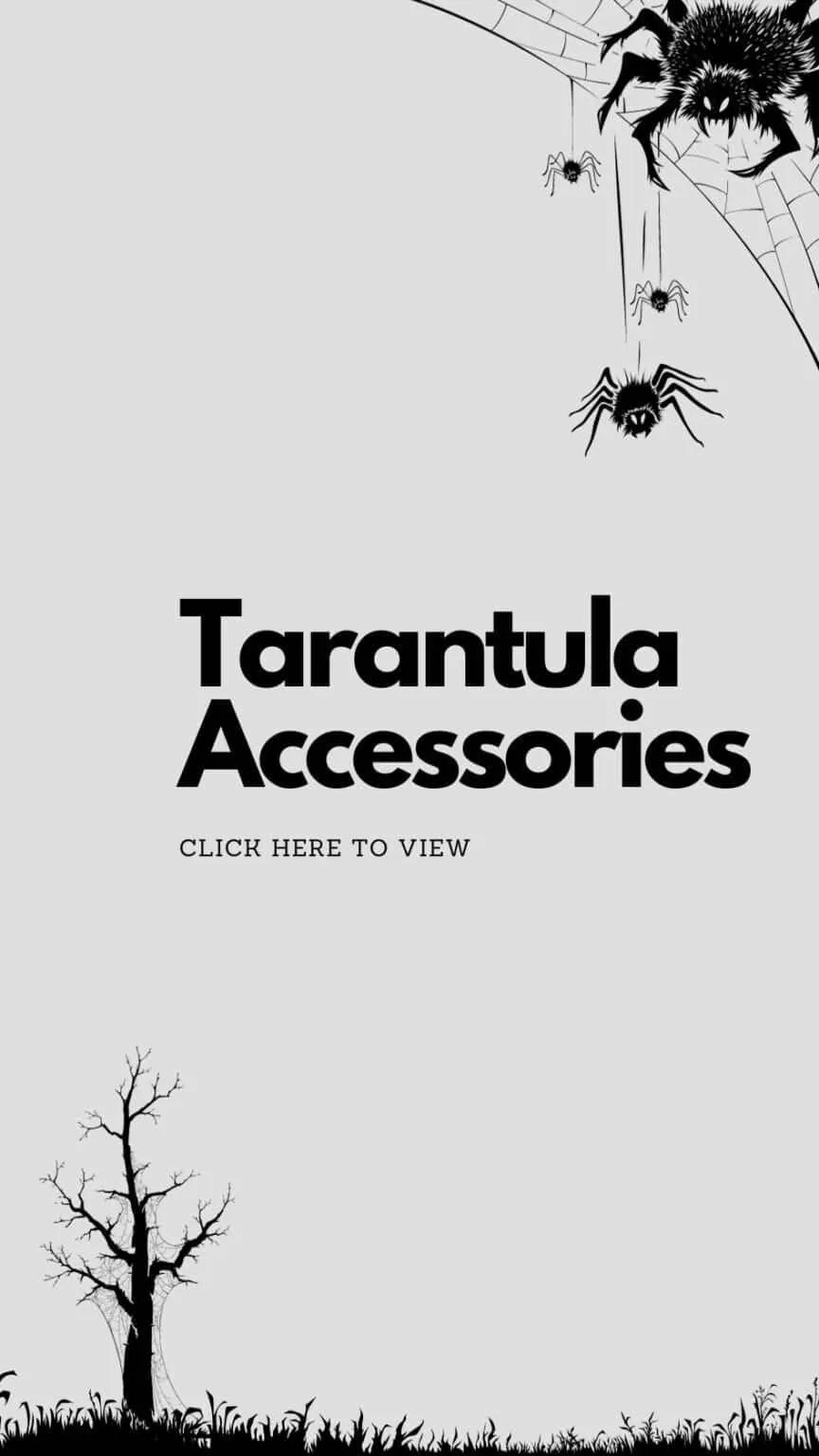
An improperly sized enclosure can have detrimental effects on a tarantula’s physical health. Overly cramped spaces can lead to stress, which can weaken the spider’s immune system, making it more susceptible to diseases and parasites. Limited space can also restrict the tarantula’s ability to molt properly. Molting is a crucial process for tarantulas to grow and shed their exoskeleton. Inadequate space can lead to deformities or difficulties during the molting process. A correctly sized enclosure provides adequate room for movement, reducing the risk of injury during molting and promoting overall physical well-being. A healthy tarantula is more likely to live a long and fulfilling life.
Impact of Enclosure Size on Tarantula Behavior
The size of the enclosure significantly influences a tarantula’s behavior. In a cramped environment, a tarantula may exhibit signs of stress, such as pacing, excessive burrowing, or hiding. These behaviors indicate that the spider is uncomfortable and unable to express its natural behaviors. Providing a properly sized enclosure allows the tarantula to feel secure and express its natural instincts, such as hunting, burrowing, and exploring. An environment that allows for natural behaviors contributes to the tarantula’s mental well-being, making it a more content and interesting pet to observe. A spacious enclosure allows the tarantula to thrive, reducing stress and promoting its natural behaviors.
Factors Influencing Tarantula Enclosure Size
Several factors determine the appropriate enclosure size for a tarantula. These factors, considered together, help to create a suitable and enriching environment for the tarantula. Failure to take these aspects into consideration can lead to significant problems for the spider. This includes the species of tarantula, its current size and growth stage, and the tarantula’s natural habitat. The chosen enclosure should ideally provide the spider with the necessary space to perform its essential activities, from hunting and exploring to molting and retreating.
Tarantula Species and Their Specific Requirements
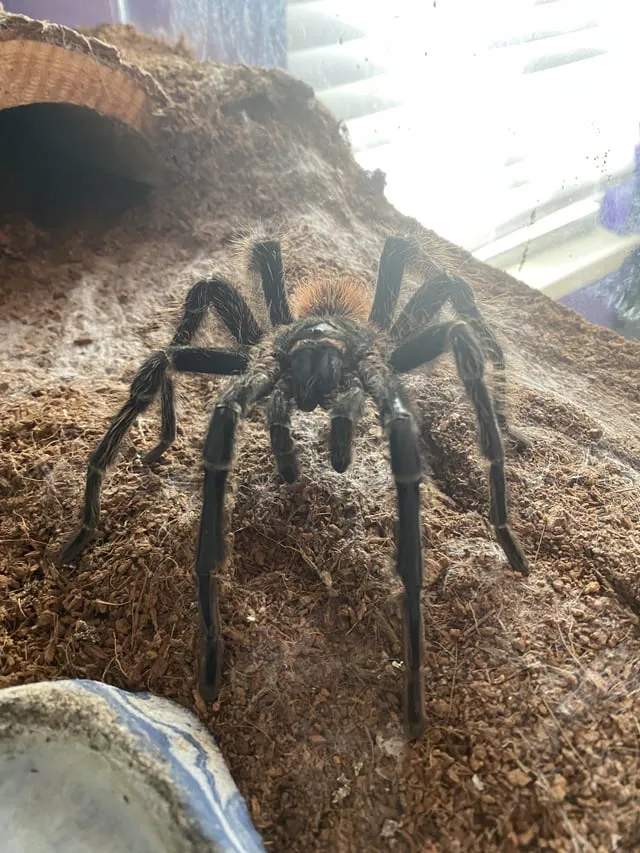
Different tarantula species have unique requirements for their habitat. Some tarantulas are terrestrial, meaning they spend most of their time on the ground, while others are arboreal, preferring to live in trees or elevated areas. The enclosure size should reflect the tarantula’s natural lifestyle. Researching the specific needs of the species you intend to keep is crucial. This research must include details about their native habitat and their behavioral patterns. Understanding these aspects is vital to ensure that the enclosure you set up enables the tarantula to express its natural instincts and live a healthy life.
Terrestrial Tarantulas Enclosure Size
Terrestrial tarantulas, such as the Mexican Red Knee or the Chilean Rose Hair, generally require enclosures that are wider than they are tall, providing ample floor space for roaming and burrowing. The length and width of the enclosure should be at least two to three times the leg span of the tarantula. Providing a good depth of substrate will also allow the tarantula to burrow and create a secure hide. Good ventilation is very important for the tarantula, as is ensuring that the temperature and humidity are suited for their environment. Terrestrial tarantulas will require more floor space in their enclosures.
Arboreal Tarantulas Enclosure Size
Arboreal tarantulas, such as the Pinktoe Tarantula or the Antilles Pinktoe, require tall enclosures, which allow them to climb and create webs. The height of the enclosure should be at least twice the tarantula’s leg span, and the width should be at least the same as the tarantula’s leg span. Arboreal tarantulas will use the height of the enclosure to their benefit. They will want to climb, and therefore need a tall enclosure with sturdy decorations like branches and plants. Ventilation is also a factor, as is maintaining the correct humidity and temperature. The primary consideration is that arboreal tarantulas are adapted to live in trees.
Semi-Arboreal Tarantulas Enclosure Size
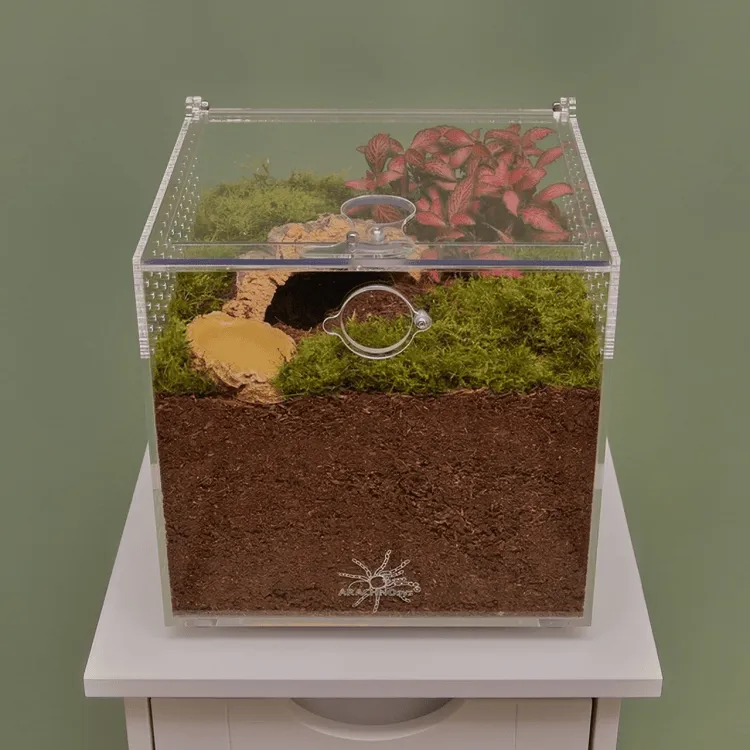
Semi-arboreal tarantulas, like some species of the genus Psalmopoeus, require an enclosure that combines both height and width, allowing for both climbing and ground exploration. The dimensions of the enclosure depend on the specific species and the size of the individual tarantula. A good starting point would be an enclosure that is a balance of height and width, and the enclosure should always allow for the tarantula to display its natural behaviors. Always research your species for more details.
Tarantula Size and Growth Stage
The size of the tarantula itself is a critical factor in determining enclosure size. Spiderlings, juvenile tarantulas, and adult tarantulas have different space requirements. Always consider the current size of your tarantula and anticipate its growth. The ideal is to avoid frequent enclosure changes, which can stress the tarantula. Consider the final size of the tarantula to select the appropriate size of enclosure.
Enclosure Size for Spiderlings
Spiderlings, or baby tarantulas, need smaller enclosures to feel secure and to make it easier to find food. A small deli cup or a similar container is often sufficient for the early stages. The enclosure should provide a secure hide, appropriate substrate, and adequate ventilation. As the spiderling grows, it’s important to upgrade the enclosure accordingly.
Enclosure Size for Juvenile Tarantulas
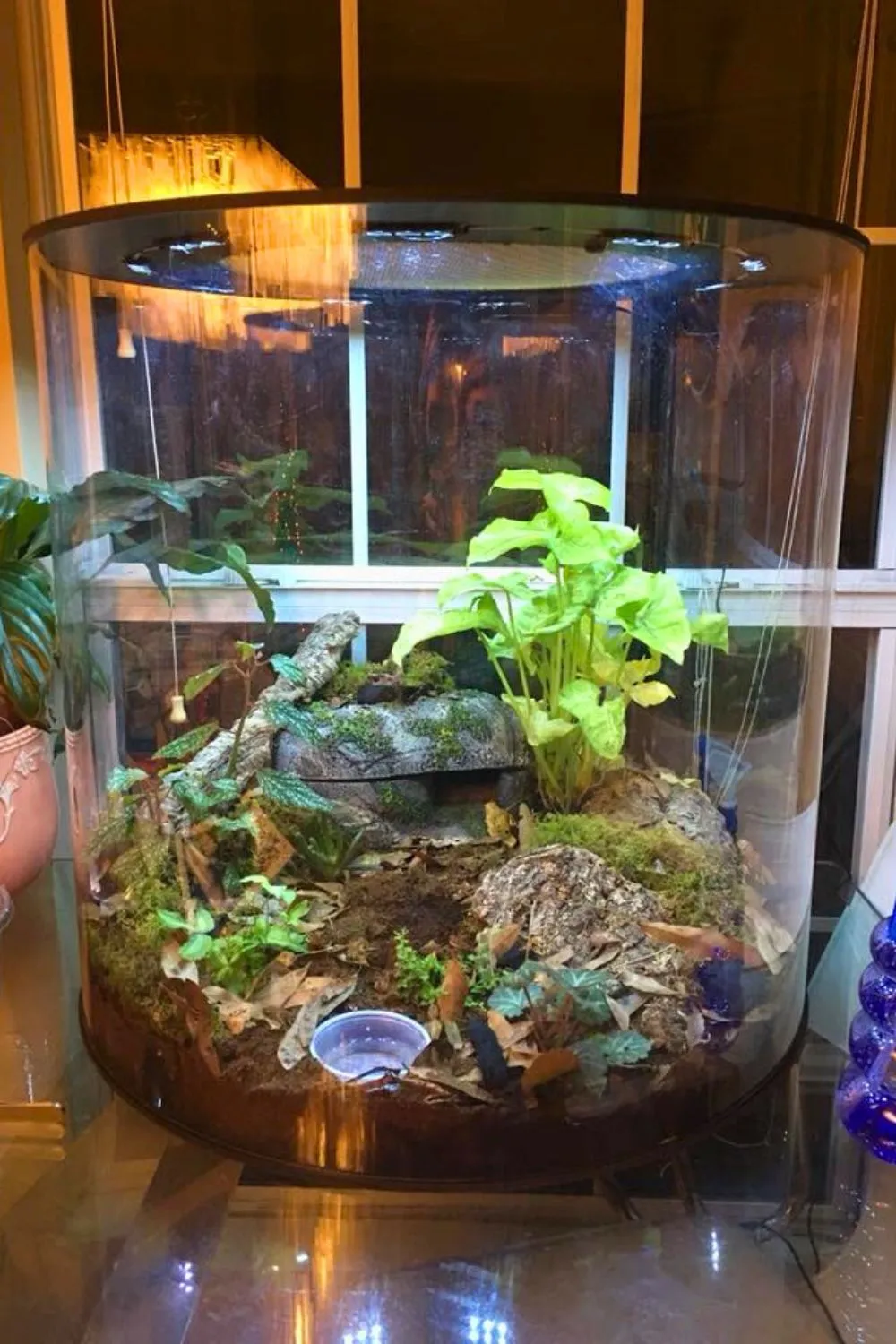
Juvenile tarantulas will need a larger enclosure than spiderlings. The ideal enclosure size should allow ample room for movement, hunting, and burrowing. The enclosure dimensions should be based on the species’ adult size, as well as its current size. Juvenile tarantulas will rapidly outgrow their enclosures, so be prepared to upgrade the enclosure as the spider grows.
Enclosure Size for Adult Tarantulas
Adult tarantulas need the largest enclosures, allowing for ample space to move around, explore, and express their natural behaviors. The dimensions should be based on the leg span of the adult tarantula. Consider the species’ natural habitat. A well-sized enclosure reduces stress and promotes the overall well-being of the adult tarantula.
Choosing the Right Enclosure Materials
Several materials are commonly used for tarantula enclosures, each with its own set of pros and cons. The best choice of material depends on the tarantula’s needs, your personal preferences, and your budget. Regardless of the material used, the enclosure must be secure, well-ventilated, and easy to clean and maintain. In selecting the enclosure, always prioritize the tarantula’s safety and welfare, as well as the ease of keeping the enclosure clean.
Glass Enclosures Advantages and Disadvantages
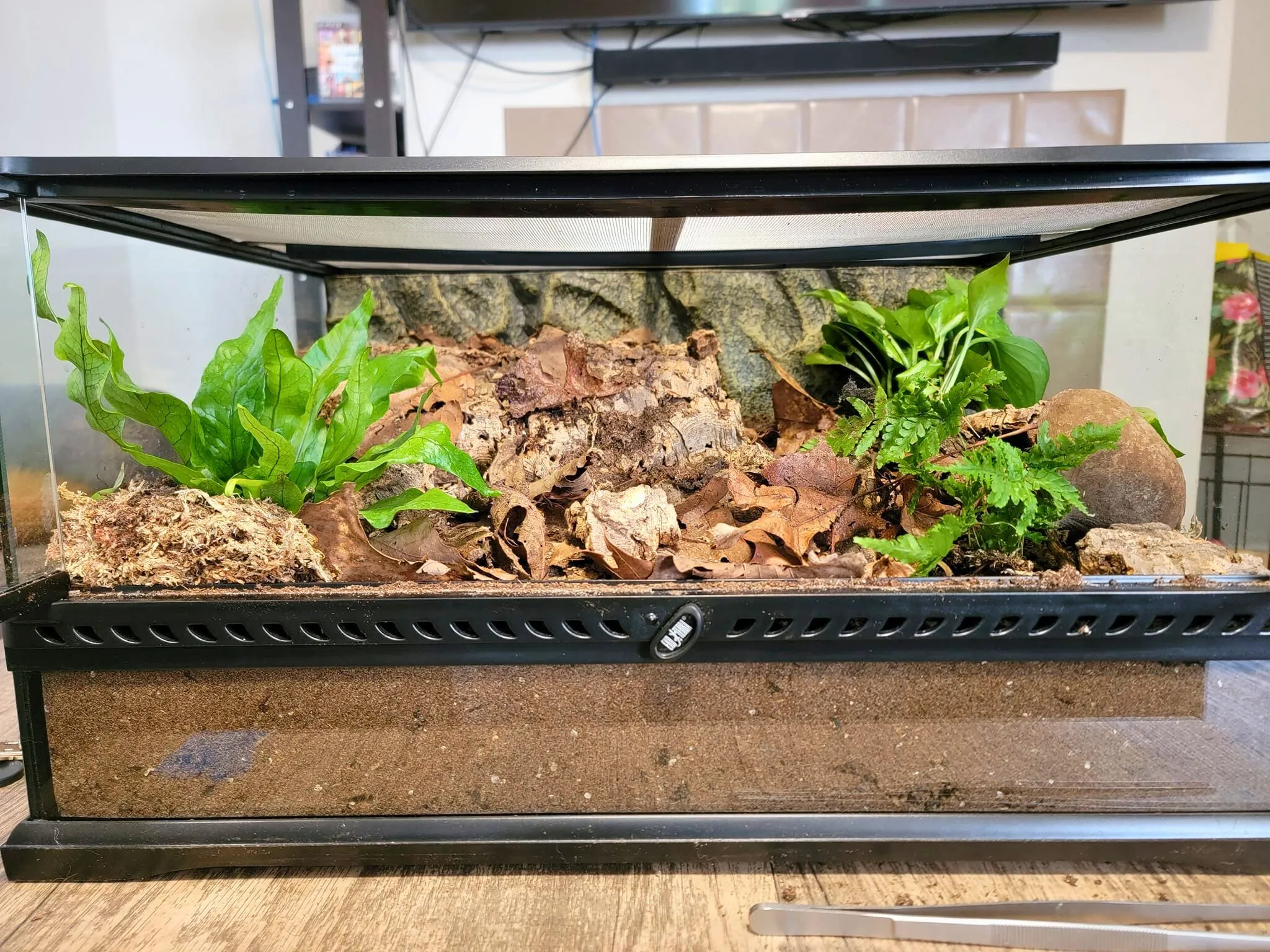
Glass enclosures offer excellent visibility, allowing for easy observation of the tarantula. Glass is also relatively easy to clean and maintain. Glass enclosures can provide good temperature and humidity control when paired with appropriate ventilation and equipment. The disadvantages of glass enclosures include the risk of breakage, the weight of the enclosure, and the potential for condensation to form, which can obscure the view. They can also be more expensive than other options.
Plastic Enclosures Advantages and Disadvantages
Plastic enclosures, such as those made from acrylic or other durable plastics, are generally lightweight, durable, and less prone to breakage than glass. They can be more affordable and easier to modify for ventilation and other needs. Plastic enclosures offer good visibility, although some types of plastic may scratch more easily than glass. The disadvantages include that some plastics may not provide as clear of a view as glass, and they may be less effective at maintaining stable temperatures and humidity levels if not properly designed and equipped. They can also warp over time and require care when cleaning to avoid scratches.
Acrylic Enclosures Advantages and Disadvantages
Acrylic enclosures are a popular choice, offering excellent clarity and visibility, along with being lightweight and durable. They are also relatively easy to clean and come in various sizes and configurations. Acrylic provides good insulation, helping to maintain stable temperatures and humidity levels. The disadvantages of acrylic include that it can scratch more easily than glass, and some types of acrylic may be more expensive. Choosing an acrylic enclosure with appropriate ventilation and security features is essential.
Essential Equipment for Tarantula Enclosures
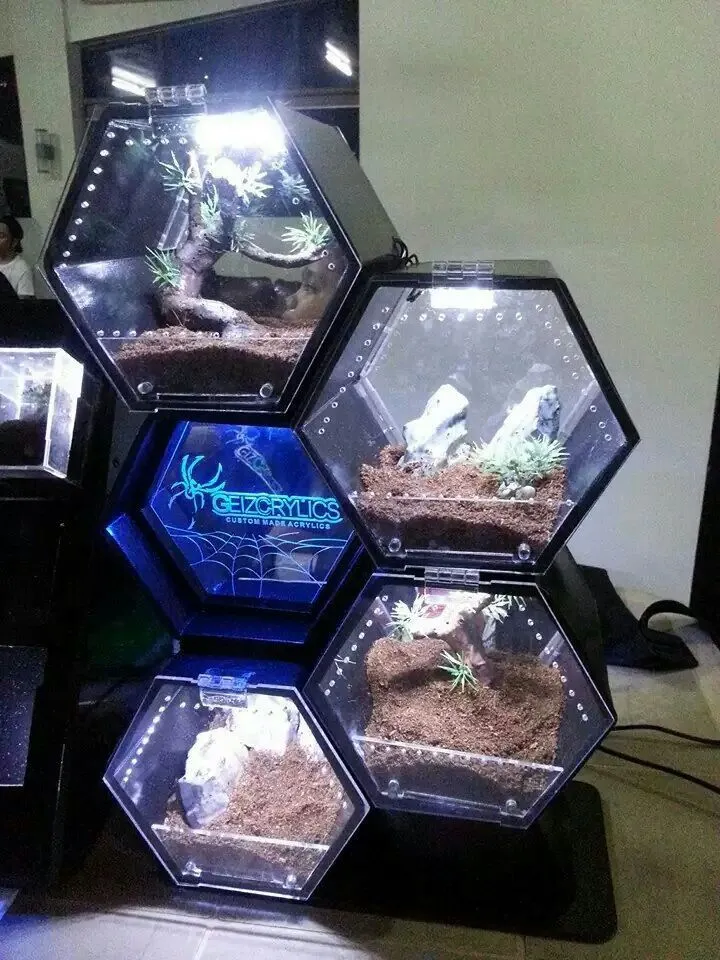
Besides the enclosure itself, essential equipment is needed to provide a healthy and comfortable environment for your tarantula. This equipment facilitates temperature and humidity control and provides enrichment and security for the tarantula. Understanding the purpose of each piece of equipment is crucial for setting up a successful tarantula habitat. Remember to always prioritize the tarantula’s well-being when selecting and arranging the equipment.
Substrate Selection and Depth
The substrate is the material that covers the bottom of the enclosure. It serves several crucial functions, including providing a surface for the tarantula to walk on, helping to maintain humidity levels, and allowing the tarantula to burrow and feel secure. The ideal substrate should be non-toxic, absorbent, and suitable for the species’ specific needs. Common substrate options include coco fiber, peat moss, vermiculite, and various types of soil mixes. The depth of the substrate should be sufficient for the tarantula to burrow. For terrestrial species, a depth of several inches is generally recommended. For arboreal species, the depth can be less, as the tarantula will spend less time on the ground.
Water Dish and Hydration
Providing a clean water source is essential for the tarantula’s hydration. A shallow water dish, designed to prevent the tarantula from drowning, should be placed in the enclosure. The dish should be easily accessible and filled with fresh, clean water. Depending on the species and humidity requirements, misting the enclosure with water may also be necessary to maintain the appropriate humidity levels. Always make sure that the water source is clean and that the humidity levels are appropriate for the tarantula’s needs. A properly hydrated tarantula will be more active and healthy.
Hides and Enrichment
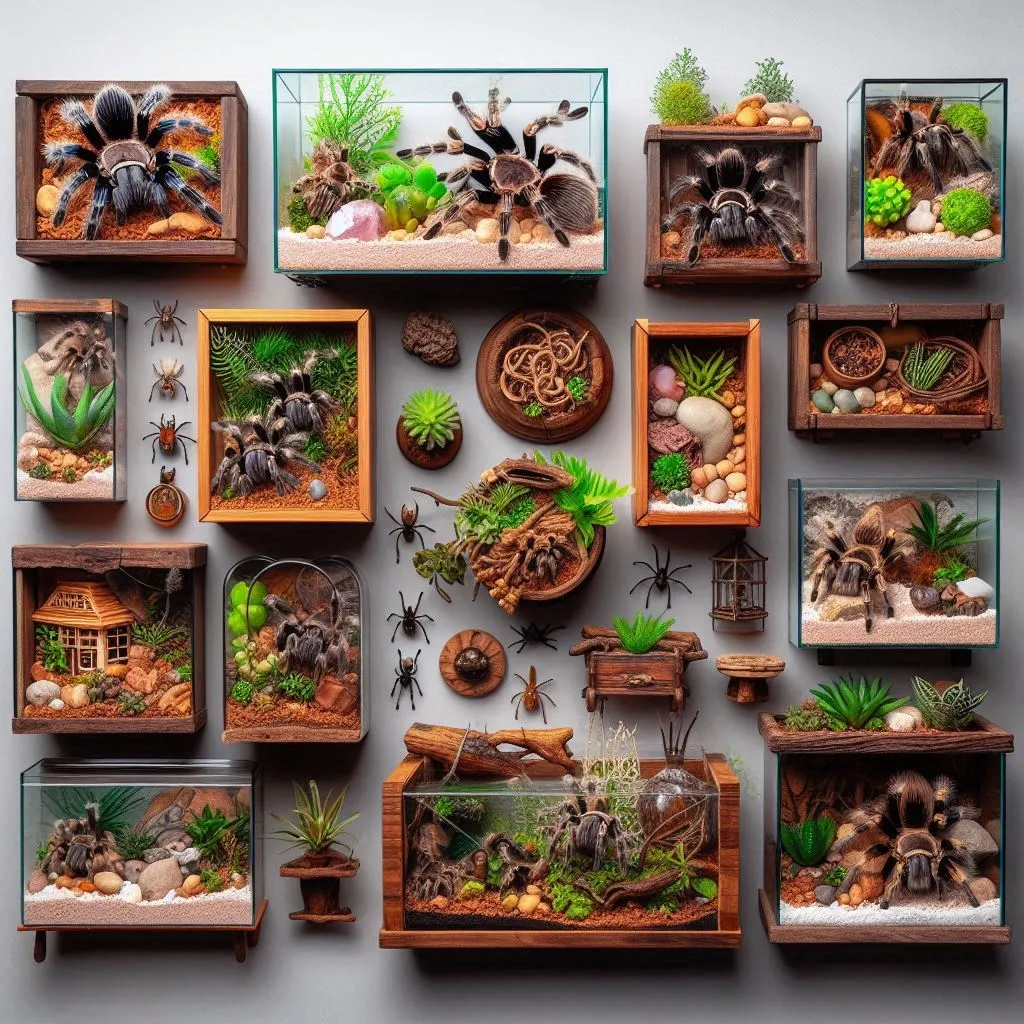
Hides are essential for providing the tarantula with a sense of security and reducing stress. Hides allow the tarantula to retreat and feel safe in its environment. Options for hides include cork bark, artificial hides, or even natural items like dried leaves. Adding enrichment items, such as branches, plants, or other decorations, can provide the tarantula with opportunities to explore and engage in natural behaviors. Enrichment items also help to create a more interesting and stimulating environment. The addition of enriching items improves the overall quality of life for your tarantula.
Maintaining the Perfect Enclosure Environment
Maintaining the perfect enclosure environment for your tarantula requires diligent attention to temperature, humidity, ventilation, and cleaning. Providing a suitable environment will contribute significantly to the tarantula’s health and well-being. Regular monitoring and adjustments are necessary to maintain the correct conditions. Make the enclosure a safe and suitable habitat for your tarantula.
Temperature and Humidity Control
Maintaining the correct temperature and humidity levels is critical for the tarantula’s health. The optimal temperature and humidity levels vary depending on the species. Research the specific requirements of your tarantula species. Use a thermometer and hygrometer to monitor the temperature and humidity regularly. Heat sources, such as heat mats or ceramic heat emitters, can be used to maintain appropriate temperatures. The humidity levels can be maintained through regular misting, the use of a water dish, and the choice of substrate. Avoid placing heat sources directly under the enclosure. Provide the optimal environment for your tarantula to thrive.
Ventilation and Airflow
Adequate ventilation is essential to prevent the buildup of harmful gases and the growth of mold and bacteria. Proper ventilation also helps regulate humidity levels. The enclosure should have ventilation holes or mesh to allow for airflow. The design of the enclosure should allow for cross-ventilation. Avoid blocking the ventilation holes or creating stagnant air pockets. Good airflow is crucial for maintaining a healthy environment.
Cleaning and Maintenance
Regular cleaning and maintenance are essential to keep the enclosure clean and hygienic. Spot-clean the enclosure regularly, removing any uneaten food, waste, and other debris. Replace the substrate periodically, depending on the type of substrate and the species of tarantula. Clean the water dish and any other equipment on a regular basis. The frequency of cleaning depends on the size of the enclosure. Routine cleaning and maintenance will keep the environment healthy. Proper maintenance promotes a healthy environment for your tarantula.
Troubleshooting Common Enclosure Issues
Even with careful planning and maintenance, you may encounter some common issues with tarantula enclosures. It’s important to be prepared to address these issues promptly to ensure the well-being of your tarantula. Addressing these potential problems can prevent health issues and improve your tarantula’s quality of life. Knowing the common problems and how to address them helps ensure your tarantula thrives.
